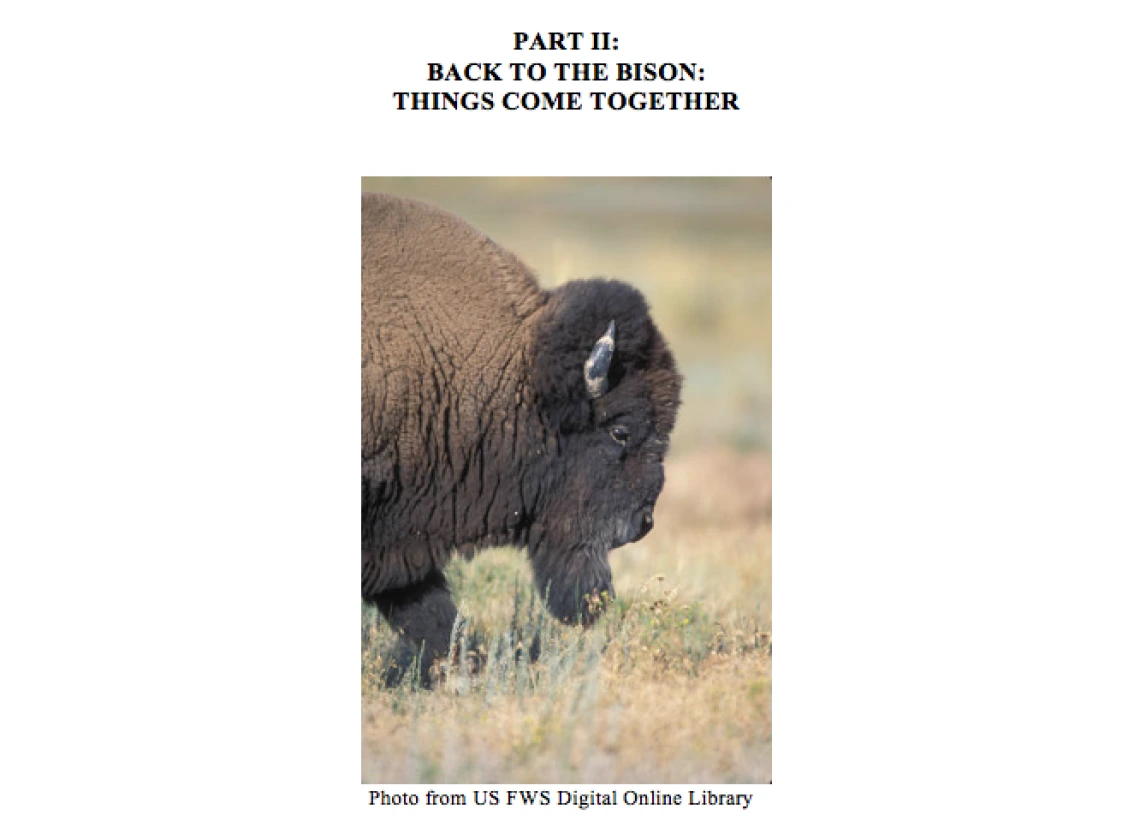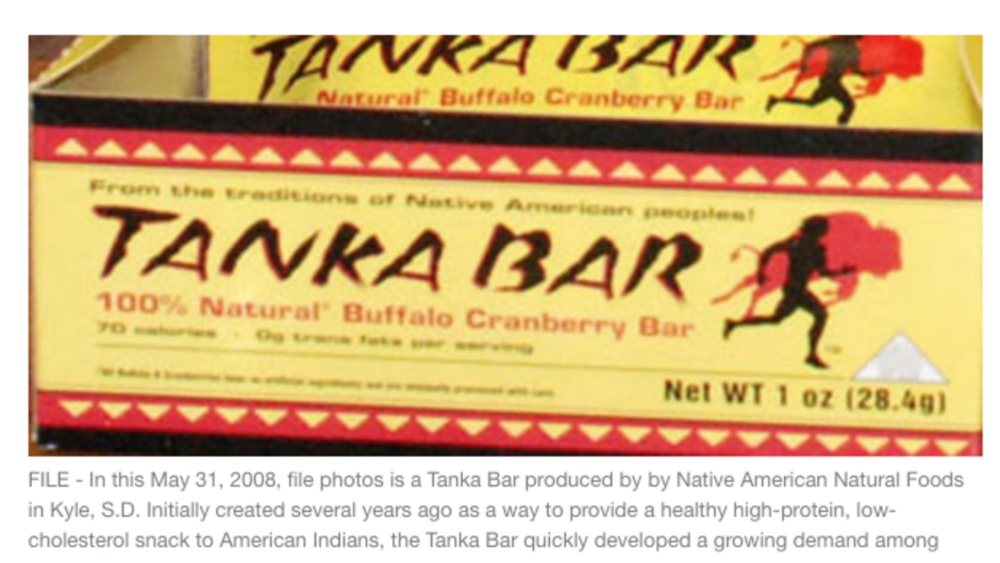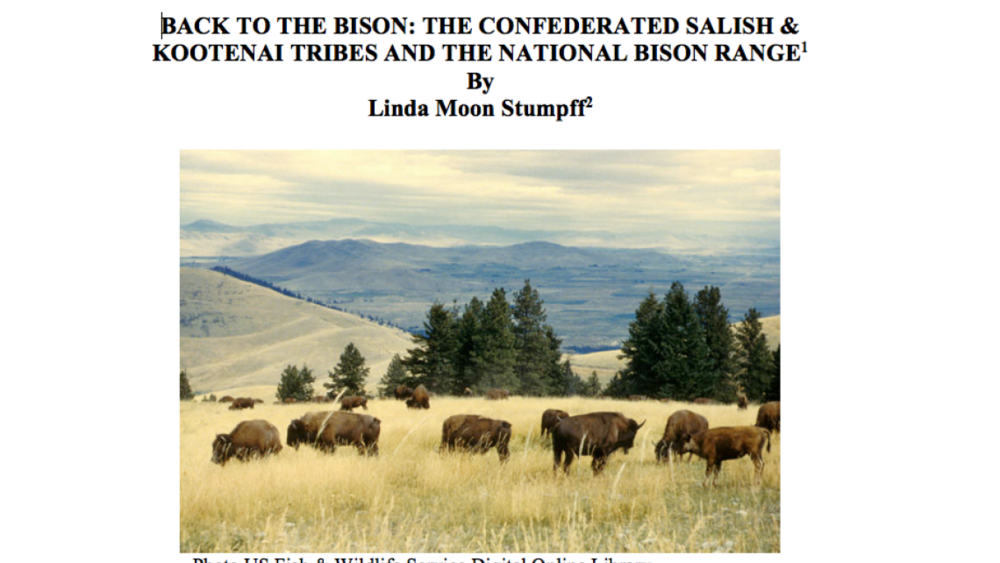After the Confederated Salish Kootenai Tribes (CSKT) made the decision to work towards signing a management agreement, they began discussions with United States Fish and Wildlife Service (USFWS) in 1994 to pursue the co-management and joint operation of the National Bison Range Complex (NBRC) which includes the National Bison Range plus additional wetland refuge areas. They will implement this strategy under the provisions of the Self-Governance Act Amendments of 1994 (including the Tribal Self-Governance Act of 1994) that allows tribes that demonstrate capability and a geographic, historic and cultural connection to a federal area to negotiate for the management of specific projects listed in the National Register. CSKT argued that they demonstrated excellent abilities in contracting for and managing tribal and federal programs and in natural resources. They felt strongly they could substantiate an unarguable geographic, historic and cultural connection to most of the NBRC, including the Bison Range, and the ancillary Ninepipes and Pablo Refuges as part of the Complex. But the Tribes met with continued resistance...
Additional Information
Stumpff, Linda Moon. "Back to the Bison Case Study Part II." Enduring Legacies Native Cases Initiative, The Evergreen State College. Olympia, Washington. 2010. Teaching Case Study. (https://nnigovernance.arizona.edu/back-bison-case-study-part-ii, accessed March 7, 2023)



